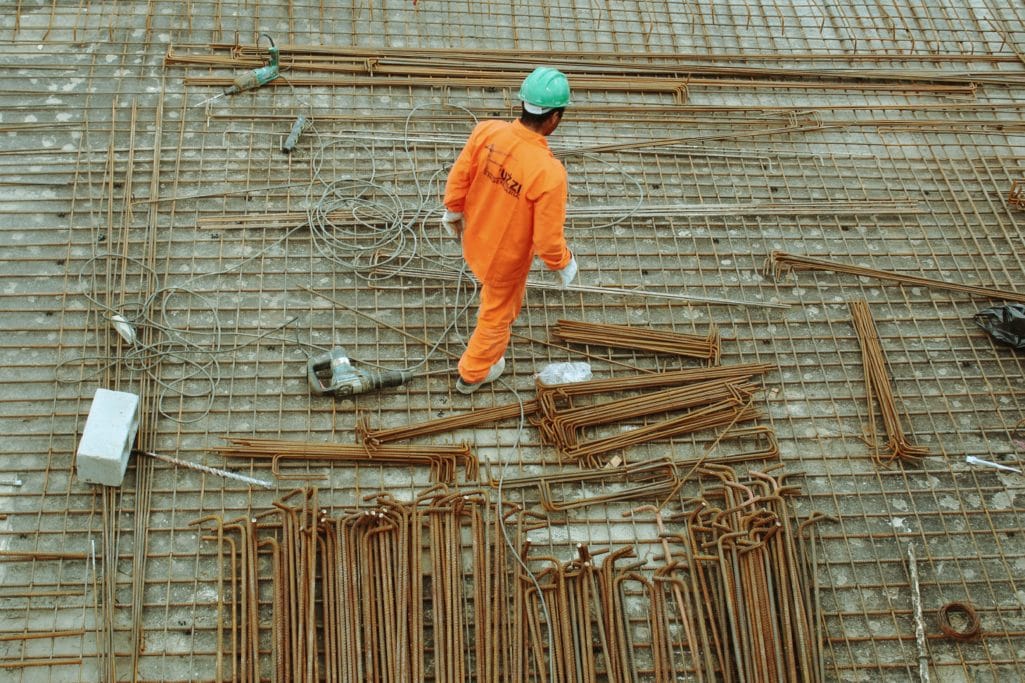A construction deficiency claim is often based on the cost to repair the deficiency. The plaintiff is required to expend money to repair and seeks to recover those costs from the parties that negligently designed and constructed the building. However, monies expended to repair deficiencies are considered “pure economic losses” – that is, losses which arises only from the cost to repair the building itself, and not from an injury to a person or an injury to the building. The Supreme Court of Canada has recognized only a few categories of claims where a plaintiff may successfully recover “pure economic loss” for the negligent provision of a defective product or defective building. Two recent decisions of the British Columbia Supreme Court review these principles and provide further guidance on the types of claims that will and will not be permitted to succeed.
The general rule is that those responsible for the design and construction of buildings must take reasonable care to ensure that it does not contain defects that pose a real and substantial danger (or potential danger) to the health and safety of the occupants or users of the building. For a claim in negligence for pure economic loss to succeed, the plaintiff must establish that the defects do in fact create a real and substantial danger, or in other words, that the defect is a “dangerous defect”. If a plaintiff is unable to establish the existence of a dangerous defect, then its claim will fail on that basis alone – i.e., even where the contractor or designer was negligent in carrying out the work.
In The Owners, Strata Plan KAS 3575 v. Renascence Enterprises (Shannon Lake) Corp., 2017 BCSC 1336, the plaintiffs brought a claim for damages against the structural engineer for defects in the parking area of common property of the Strata Corporation. The alleged defects included spalling at the parking area entrance, missing control joints or tension cuts, and an insufficiently thick concrete slab at the parkade entrances. The plaintiffs brought their claim against the structural engineer in negligence, alleging that the structural engineer had negligently designed the parkade. However, the plaintiffs had not alleged that the defects in the parkade created a danger to the occupants or users of the parkade. The structural engineer brought an application to strike the plaintiffs’ claim on the basis that the claim was one for pure economic loss – the cost to correct the alleged deficiencies – and was barred because there was no allegation that the deficiencies were dangerous. The Court agreed with the structural engineer and concluded that given the failure to allege that the existence of a dangerous defect, as well as evidence which suggested that there was no danger posed by the alleged deficiencies, the claim could not succeed.
In Globalnet Management Solutions Inc. v. Aviva Insurance Company, 2017 BCSC 1580, the plaintiffs claimed for damages incurred to remediate leaks in the roof of a house as well as movement of two retaining walls. Both the original owner, who had paid for the repairs, and the current owners were named as plaintiffs. The claims made by the current owners were brought against both the contractor and the engineer in negligence for pure economic loss – the cost to repair the roof and replace the retaining walls. The defendants argued that the claims were barred on the basis that the neither the leaking roof nor the movement of the retaining walls created a real and substantial danger to the owners or users of the property. As in the Renascence decision, the plaintiff had not specifically plead that the leaks in the roof or the movement of the retaining wall constituted “dangerous defects”. However, unlike Renascence, the Court concluded that although this had not been plead, specific pleadings may not have been necessary, and in any event, this was not fatal to the plaintiff’s claim as the pleadings could be amended at trial.
Turning to the alleged deficiencies, the Court concluded that the roof defect had caused water ingress into the house. However, the evidence of the plaintiff’s expert, that the frequency of water ingress would have increased if the roof was not fixed, was insufficient to find that the roof defect posed a real and substantial danger to the occupants or users of the property. Accordingly, the Court dismissed the claim for negligent design and construction of the roof.
With respect to the retaining walls, the Court noted that while none of the experts had specifically commented on any safety concerns arising from the movement of the wall, it could consider this issue in the absence of expert evidence by looking at the totality of the evidence. There was sufficient factual evidence for the Court to conclude that the movement of the retaining walls posed a real and substantial danger to the occupants or users of the property. Further, the Court took notice of the fact that all of the experts had proposed repairs to the walls. Thus, the Court determined that the claim for negligent design and construction could proceed even though the damages claimed were in the nature of pure economic loss.
The success of a claim for pure economic loss in negligence will depend primarily on the quality of the evidence concerning the nature of any danger caused by the alleged deficiency. Depending on the type of building defect and the type of alleged danger, expert evidence may not be required to establish the danger. However, even in Globalnet, the Court noted that it would have preferred to have received expert evidence on the issue of the danger created by the defective retaining walls. These cases show, however, that where the evidence required to establish a danger is not present, courts in British Columbia will not shy away from striking claims for pure economic loss when it does not meet the required legal test.
This article previously appeared in Construction Business magazine.


